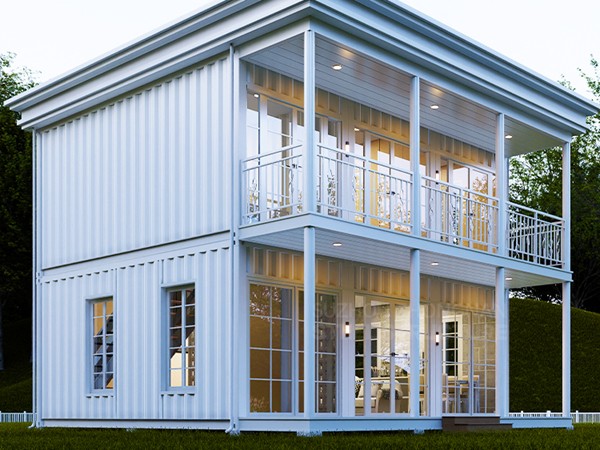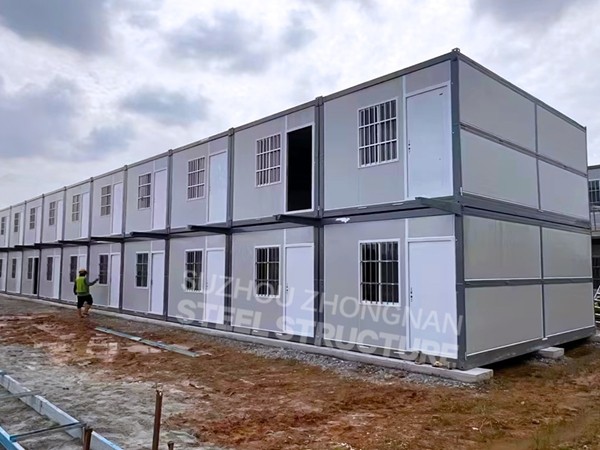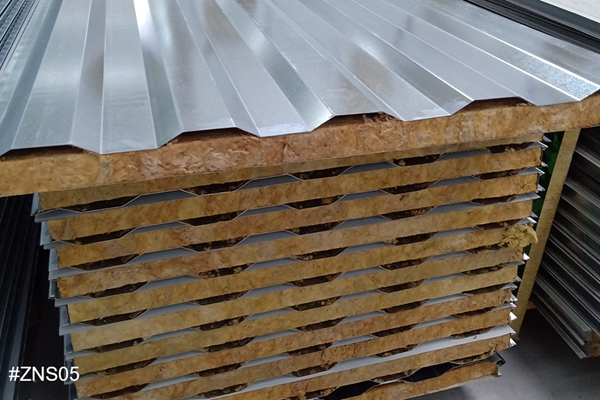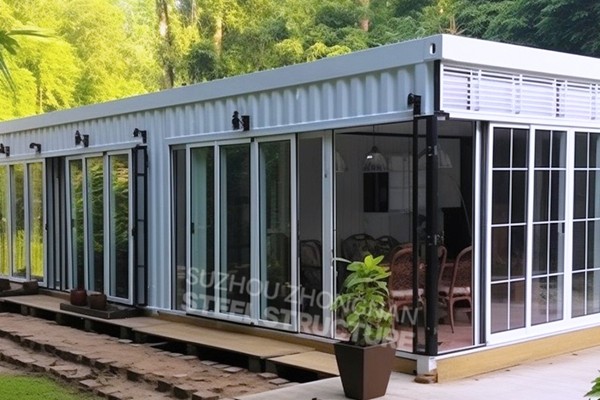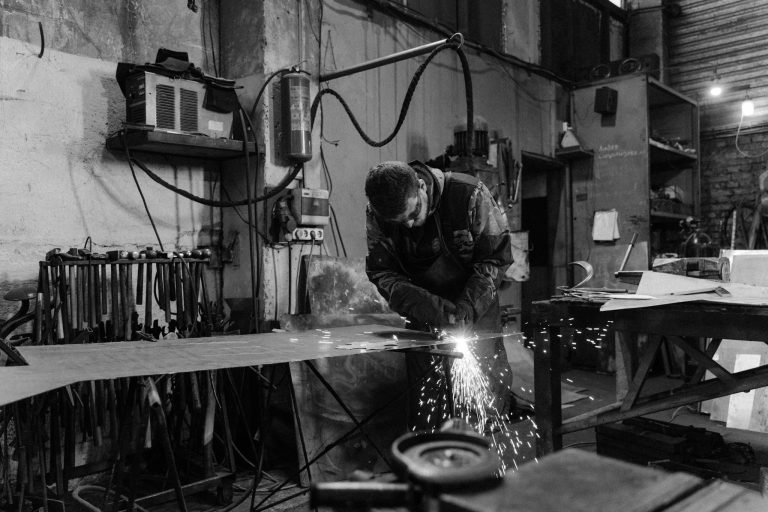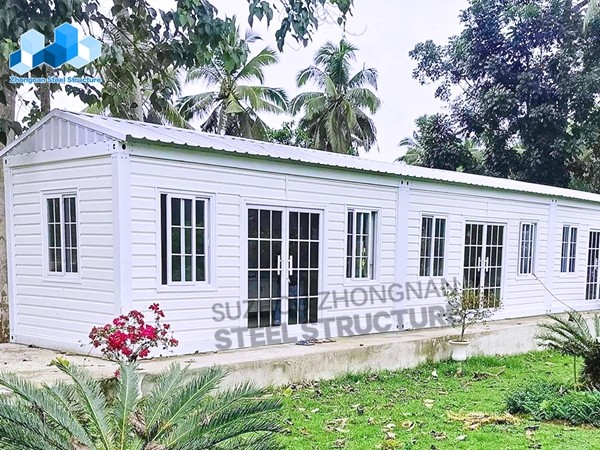true cost of manufactured homes
When exploring the true cost of manufactured homes, it's crucial to break down the various components that contribute to the overall expense. Manufactured homes, often viewed as a more affordable housing option, come with their own set of costs that are not immediately apparent. Understanding these components helps prospective buyers make an informed decision, ensuring they are not caught off guard by hidden expenses.
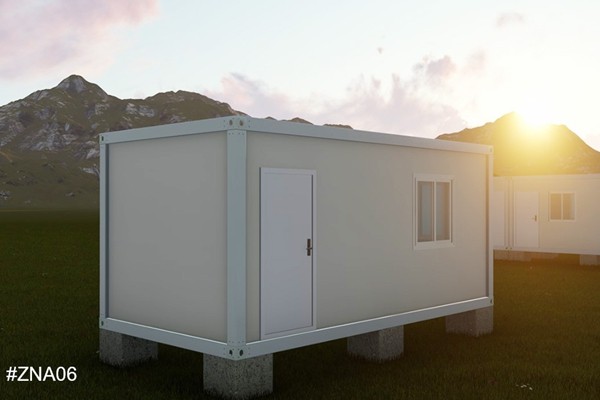
Firstly, the base cost of a manufactured home is typically lower than that of traditional site-built homes. These homes are built in a factory setting, which provides a controlled environment that can significantly reduce construction costs due to efficiency in the building process. However, this controlled environment adds to the expertise required to manage specific challenges such as transport and installation, both of which come with additional expenses.
Transportation of the manufactured home from the factory to its final location is another key factor. This cost varies depending on the distance and complexity of the transport route. Since manufactured homes are large structures that require specialized transportation equipment and possibly even permits, these logistics can become costly. Additionally, once delivered, the home must be installed on a foundation, which involves hiring professionals and acquiring necessary permits, potentially increasing the overall expenses.

Moreover, the land on which the manufactured home will be placed presents another layer of cost considerations. If the home is to be situated on purchased land, buyers must account for the cost of the land itself, site preparation, and any additional infrastructure required, such as plumbing and electrical hookups. Renting land in a mobile home park incurs monthly fees, which may or may not include utilities, lawn care, and other maintenance services.
Utility connections and installation are another set of costs that can vary greatly. Some sites may already be equipped with necessary utility connections, while others might require significant investment to establish these services. Installation of septic systems, water connections, electricity, and natural gas lines—or alternatives like propane tanks and wells—should be part of the financial planning when considering a manufactured home.true cost of manufactured homes
A critical component not to overlook is the ongoing maintenance and insurance costs. Manufactured homes can be more susceptible to wear and tear due to their construction materials and design, particularly in extreme weather conditions. Regular maintenance and potential repairs for issues like roofing, skirting, and HVAC systems are inevitable and should be budgeted annually. Moreover, insuring a manufactured home can be more expensive than a traditional home insurance policy due to the perceived increased risk by insurers. Shopping around for specialized insurance that caters to manufactured homes is advisable.
Financing a manufactured home can also differ substantially from conventional home loans. Since these homes are often classified as personal property rather than real estate, they may not be eligible for standard home mortgages. Instead, buyers might have to rely on personal loans, which can carry higher interest rates. Buyers should thoroughly research and compare financing options to avoid unexpected financial strain.
Finally, the resale value of manufactured homes tends to depreciate over time, contrasting with site-built homes that often appreciate. This depreciation should be factored into the long-term financial plan, especially for those considering their home as an investment rather than simply a residence.
Understanding the multifaceted cost structure of manufactured homes allows potential buyers to make financially sound decisions. By evaluating all components—from base price and transportation to land considerations and financing—buyers can ensure that their chosen path aligns with both their immediate needs and long-term goals, embracing the unique benefits that manufactured homes can offer without succumbing to hidden financial pitfalls.

